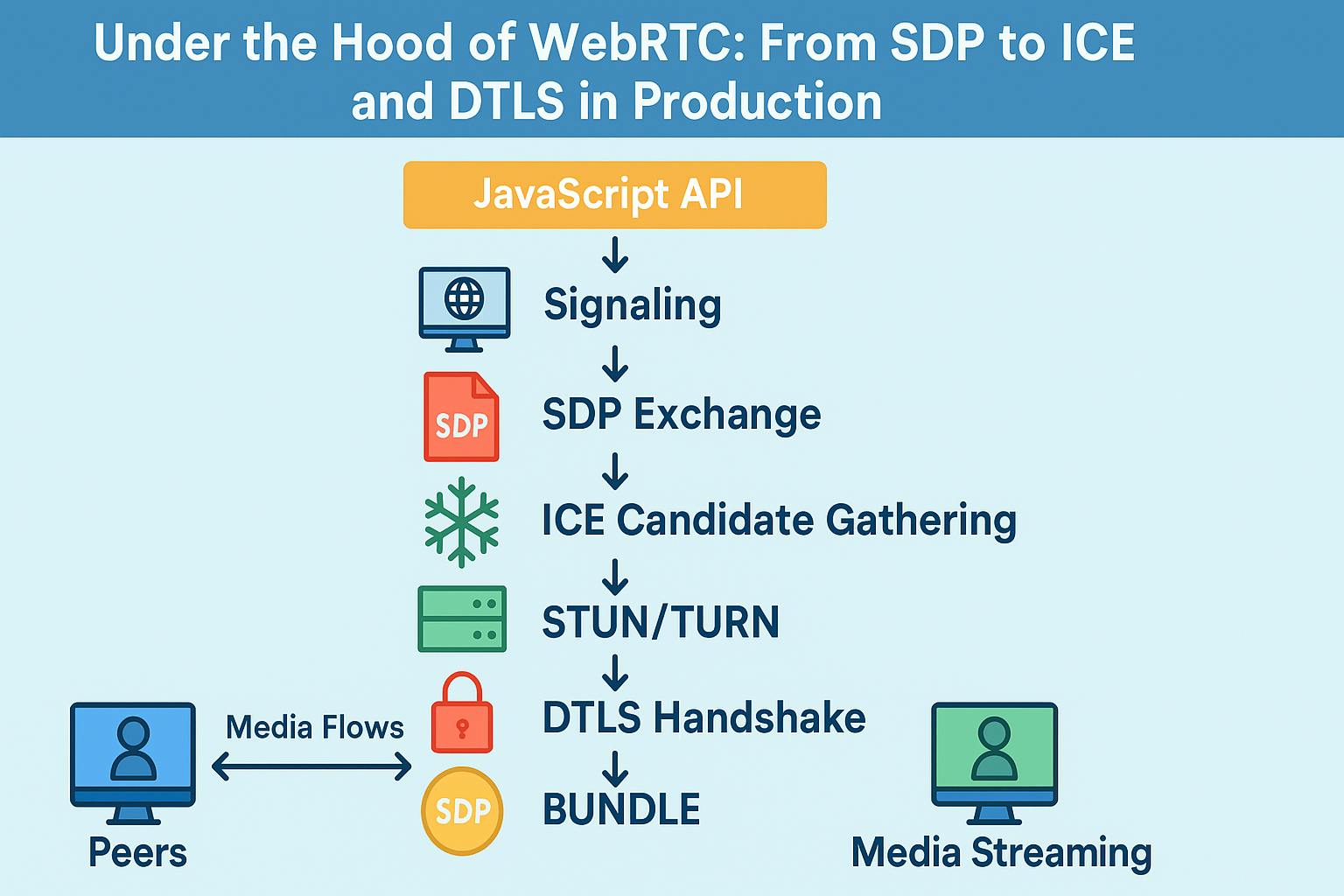The US gov must roll 🥐$9t over by the end of 2026 (a lot of that was in short to medium term maturities – 2, 3, and 5-year treasuries with a heavy chunk in 10-year bonds issued in 2016 as well).
The issue: yields have soared (10-yr treasuries at 4.2% are triple what the government paid when it horred aggressively 8n 2020 at 1.3%). $9t at 4% vs 1% adds $270B+/yr. The fed knows that at this %, if it borrows massively, it barely has room to keep the lights on🕯️.
Meanwhile, total national debt is $34T due to tax cuts (2017), COVID stimulus ($5T+), military spending, and growing interest payments. This is the monster 💀 they want to keep from blowing up.
The goal: refinance at lower yields before the debt bomb 💣 goes off, lower demand for capital, trigger mild recession (just enough to shave 50-100 basepoints off yields), control the long end of the curve (10y)- the real benchmark for fiscal stability – the # holding the empire together)
How to: tariffs (demand destruction, slow hiring and capex), economic nationalism (uncertainty about global trade, immigration, energy policy chaos + currency manipulation) = Slower growth, suppress inflation expectations, lowers bond market volatility, yields drift down.
At the helm of a debt-ridden superpower (i.e., any modern superpower), your first duty is to protect your ability to refinance.
This is exactly what the US did in:
- 11-13: sequester + QE
- 20-21: refi at 0% then stimulus blast
- 24-26: slow economy -> refi -> re-stimulate
When will the floodgates open? Once:
- The majority of $9t is refinanced (projected end q1 2027).
- 10-yr yield is back under 3.25% (ideally under 2.5%)
- Inflation is stable around 2-2.5%
- Fed has room to pivot back to accommodation (QE, lower rates) = We might not see true monetary easing till late 26/early 27, unless there’s a severe financial crisis earlier.
Balance sheet & tech/capital drain: Fed is reducing its balance sheet via QT (quantitative tightening – letting assets {the Fed holds US treasuries and MBS} mature without reinvesting), meanwhile:
- Risk assets (tech & crypto) are being devalued intentionally.
- Silicon Valley was a liquidity engine: flush with pandemic money, hoarded capital, hired aggressively, and drove asset bubbles.
- By tightening policy, the Fed is bleeding the speculative excess of these sectors to re-anchor inflation and capital flows into safer assets (treasuries), tech & crypto are hyper sensitive to liquidity:
- Valued on future profits (higher rates-> future profits discounted harder -> valuations drop). When rates rise, QE stops, fed sells/let’s assets mature = less cash -> VCs pull back -> startups starve -> crypto cools off.
Why is the 10-yr yield benchmark for fiscal stability (the most important bond in the world)?
- anchor for gov long-term borrowing costs
- mortgages, corporate debt, student loans, all key off the 10y yield
- reflects inflation expectations and real growth
- If it stays low, investors believe the US is stable. *US fed deficit is $2T/y, interest on the debt has crossed $1.1T/y – more than half of new borrowing just goes to pay interest === controlling yields = national survival strategy 🗾












